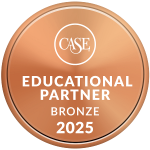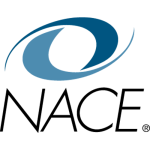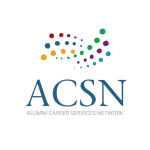practitioner perspective
Mark Thaden
University of Mary Washington
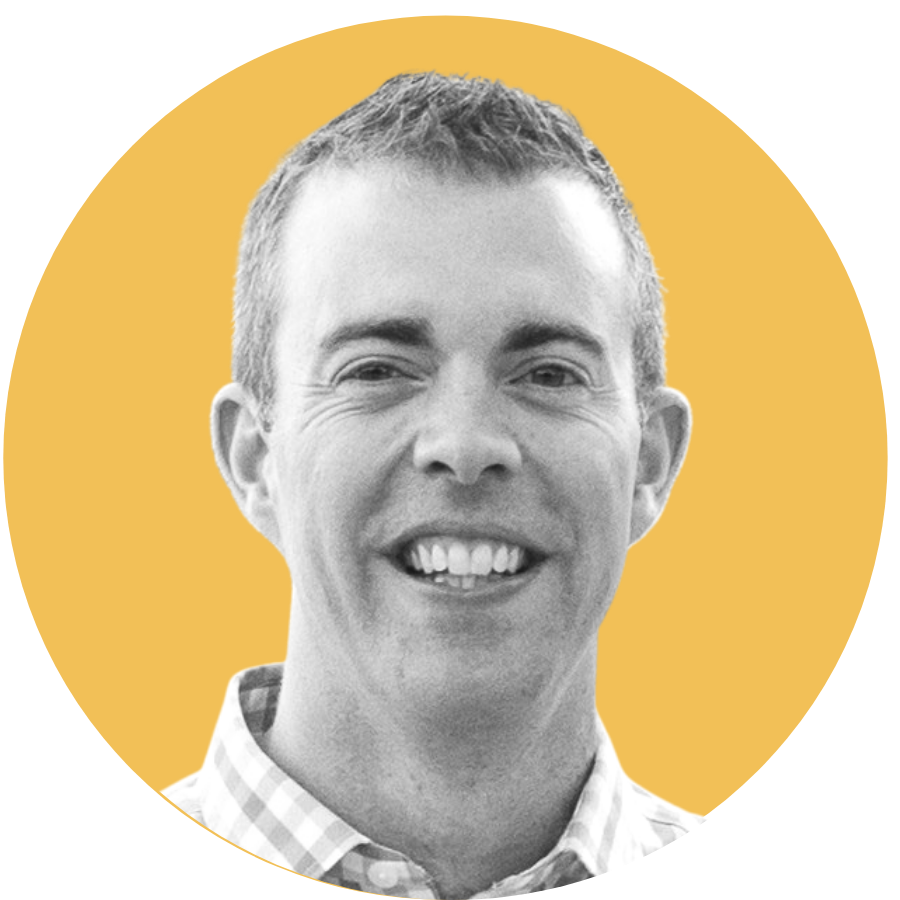
By RYAN CATHERWOOD
Protopia’s Ryan Catherwood interviewes Mark Thaden, Executive Director of Alumni Relations at the University of Mary Washington. In his role, he supports the 50,000+ Mary Washington alumni throughout the globe by providing ways for them to stay connected with UMW and with each other.
Ryan: Mark, thank you so much for joining me for this customer profile for Protopia, but we’re here today to talk big picture: your engagement strategy at the University of Mary Washington.
You’ve been in the role at University of Mary Washington for a good long time now. We won’t let you share maybe how long that’s been, but you’ve had a chance to see the program grow and evolve. The field of alumni engagement has grown and evolved a lot. How have you been thinking about sort of growth and innovation when it comes to a program at Mary Washington?
Mark: Yes, well, I’ve now been in this role for twelve years. I’m surprised to say it’s been that long, and I think in the field for nearly my entire career, so over 20 years. But I think the field has really evolved quite a bit over that time.
First is the stronger alignment with the strategic priorities of the university. Alumni engagement started with an understanding that, yes, the more people are engaged, the more they’re going to give. And so looking at that both regionally and getting them back for traditional on-campus events, whether it be homecoming or reunion. I think that alumni engagement has ROI — it’s a little harder to identify than just strict advancement.
And so our field has changed a lot to look at that kind of return on investment, the integration with advancement, making sure that it’s a strong partnership. When I entered the field, alumni engagement was usually separate from advancement. Now, the model primarily is one division. Sometimes there is a separate 501(c)(3), but a lot of times it’s all still under one VP.
I do think that our alignment and most alumni engagement programs, successful ones, are looking at the university’s strategic priorities and figuring out where do we plug in, and where can alumni assist in those efforts?
And a lot of that is focused around enrollment right now. Historically, when I worked in other institutions, there were yield activities or send-off activities that helped with enrollment. But maybe looking at it more holistically in terms of what else we can do to support enrollment throughout the entire year.
And then also looking at career outcomes, that’s a big one. Making sure that we have a strong alumni network that helps our current students and connects them with careers and career development.
Of course, everything has changed quite a bit with technology. We went from primarily focusing on in-person events pre-pandemic and then during the pandemic everything had to be virtual. We were lucky at Mary Washington as we had started dabbling in hybrid events. We had a program with a faculty lecture with an in-person audience as well as live streaming, and then having that live stream audience be able to give feedback and ask questions real time. So we were able to pivot pretty quickly.
But I do think that having two years of just virtual programming was hard on a lot of us that are in the field that are extroverted, and hard for alumni. But it gave us an opportunity to really explore other ways of engaging alums. And so now there’s a shift back to in-person, but looking for those hybrid opportunities. We’re looking at everything from online book clubs to more things on Zoom.
Communications has changed a lot and evolved with new social media channels and shortening attention spans. People don’t read emails nearly as much, especially our younger alums. So making sure that we’re still getting the story out and engaging with people in a concise way, but through social media platforms, which leads to some real challenges because you’re having conversations in real time that never end. It’s a constant 24/7, paying attention to what’s happening in those conversations and sometimes misperceptions can become reality.
Finally, I would say that especially public liberal arts and sciences institutions are being challenged. So finding ways to articulate the value through alumni engagement, telling alumni stories is really important. Showcasing success and the things you get with that degree that will prepare you for the future.
Ryan: Couldn’t agree more. So many great points in there, particularly how we’ve emerged from technology, during COVID a bit stronger, right? Yes, back to in person events, but trying to select the digital engagement initiatives we have learned that will work and utilizing them. Having an ongoing conversation with alumni is important. We are measuring that as an engagement tactic right when we report out more broadly.
So thinking about your program specifically, what are your top three goals that you have for alumni engagement at the University of Mary Washington. We’re about to head into the next fiscal year, hard to believe.
Mark: Yes, it is summer, planning time.
First, we’re going to shift our focus to quality over quantity. A lot of times you measure success in terms of how many events you’re holding, how many people are attending. You are growing your alumni base by less than 1% a year and yet you’re setting goals of a 10% increase in event attendance. That isn’t a sustainable model and you’re stretching your resources really thin.
We’re going to take a different approach in the future: really looking at how we can create high impact experiences for alumni so that they leave feeling much more engaged than just attending a happy hour, that they feel like they have reconnected more with the school and with each other, a really positive outcome. We’re going to be measuring satisfaction more than we have in the past and looking at how we can make these events and programs more experiential.
Second, we are talking a lot about the demographic cliff in higher education, the birth rate decline and traditional age students applying for college. We’re focusing on enrollment initiatives, partnerships with campus and Admissions to figure out how to best support them, and incorporating alumni in that recruitment process. Especially our legacy programs, our Refer An Eagle program, and other yield elements to find meaningful ways that we can positively impact enrollment in the future.
Finally, we are building a stronger alumni network to support career development. That ties back to my comments about the value of a liberal arts degree and telling our telling our future students that if you come to Mary Washington there’s a vast and strong alumni network there to help support you, through advice, internships or jobs. Really making sure that we’re building that network and making sure everyone knows that it exists.
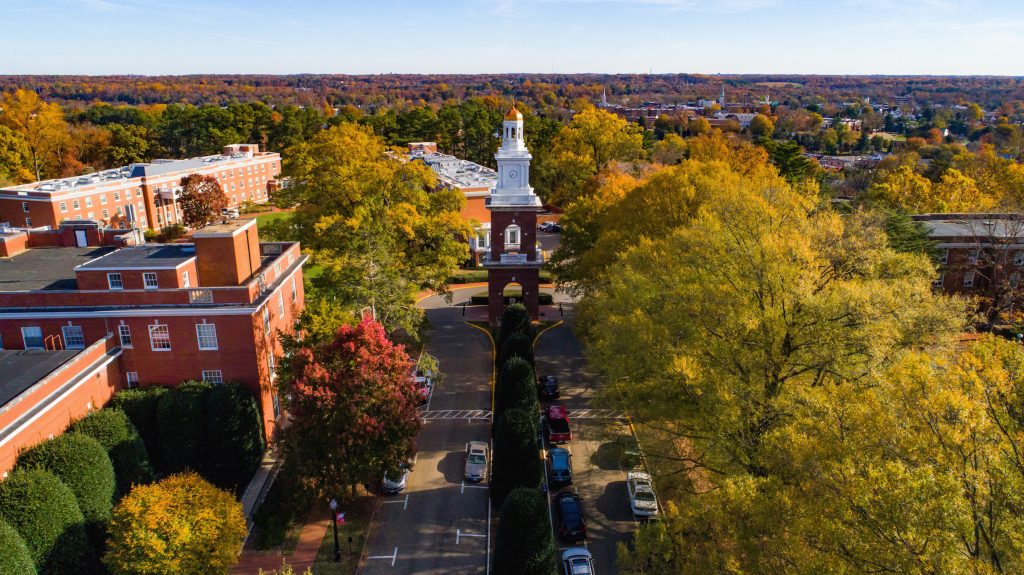
Ryan: I think those are some really great goals. I remember a call from my role at Longwood University, the importance and those conversations about enrollment. And how is the alumni program going to be supporting enrollment-based initiatives? There are so many places that you could do that along the pipeline.
Is this before they’ve applied? After they’ve applied? During their visit? After their visit? After they’ve sent a deposit? And the answer is yes to all those. It’s tricky to come up with precisely the right methods to make an impact on yield, but I think more schools are going to be trying that. It’s going to be an imperative for schools to figure that out.
So with that in mind, I’ve got no doubt that Mary Washington alumni enjoy engaging in an admissions type of capacity, referring to the school. Being ambassadors for high school students. What have you noticed otherwise in terms of how alumni prefer to engage with the University of Mary Washington?
Mark: We’re a relatively small school and always have been. We were very small, especially up until the 90’s so class sizes were in the 300-350 range. And those classes in the 60’s, 70’s, and 80’s were very tied to their class identity. People came in as a freshman cohort, and they graduated senior year.
They love the in-person experiences. They want to see each other, they want to reconnect, they want to be on campus. Those are the ones that I think need more traditional alumni engagement in terms of homecomings, reunions, and even regional events. Our class sizes exponentially grew in the 90’s and 2000’s and we went from a 300 person class to a 1,000-1,100 person class. And students may be coming in as a little bit more nontraditional or they’re transferring in or they take a fifth year.
And so there wasn’t as much class identity, and so it shifted, and maybe it was the club or a sports team or their major or residence hall. We have to look at each generation differently in terms of what they need. So we built a program that hopefully speaks to everyone in some capacity or another.
I don’t want to leave the introverts out that have anxiety coming to an event. So we do want to have a virtual program for them to reconnect with our faculty. All alumni have a story, and you can always ask who was the most impactful faculty member, and they remember that person. So we created opportunities for faculty to connect with our alums, whether it be through a formal lecture or informally during in-person events.
I think it’s understanding the different generations and understanding what they want. The common thread is an interesting career. They want to connect to current students and help. There is always a need for their philanthropic support, but there’s also a desire from alumni to really get involved in a non-financial way.
We are always looking for opportunities for them to share their experiences, get in the classrooms or offer advice or help with recruitment and financing. We have very loyal alumni who care deeply about this institution, but they’re not the type to have 40 different Mary Washington shirts in their closet and wear them every day, or have a big flag out in front of their house. So we’re trying to build a program where you remind them that they’re helping spread the word by doing that and so be proud and show your support.
There’s no one size fits all, but there are definitely some common threads in terms of what alumni are looking for. So we’re building a program that gives every alum opportunities throughout the year.
Ryan: That’s a complicated picture, right? There are areas with every university where it goes through a major inflection point around athletics or around a name change or around coed vs. single sex, and I think it provides a unique challenge.
What do you do when you don’t have class-based affinity to build into a reunion giving reunion model. And maybe it only works for a certain smaller set of alumni anyway. It’s a big picture and you’re doing a great job of sorting through it. I think the CASE Alumni Engagement Metrics kind of gave a lot of the industry a framework to help sort through how to measure and showcase ROI. But what role does the CASE Alumni Engagement Metrics play in helping you and your team set goals?
Mark: I think it finally gives alumni engagement shops around the country and around the world more benchmarks. We can look at peer institutions, we can kind of drill down into resources and programs, and tangible ways that we can build out goals and strategies. It’s helped reinforce that what we’re doing is working and that we’re in line with other institutions.
I think as it continues to develop that we’ll be able to utilize it even more. Through one of our online engagement tools we also now have engagement scoring that we have found helpful in going through all of our data and analyzing if they are reading our communications.
Are they interacting? Are they coming to events? Are they volunteering? We’re building that out and partnering with our advancement folks so that they can also see who is highly engaged, and support better targeting. We were already using that model to help build our strategy and goals, and the CASE Alumni Engagement Metrics framework gives us even more data to benchmark and be strategic in how we build out our program.
Ryan: Really smart. The CASE categories provide the framework under which to count, and then it’s up to each university to create the score, because you have to have the score for it to really be impactful from a lead generation standpoint. You’ve got to be able to help campus stakeholders, whether it’s a dean or a development officer, prioritize their constituents and make good decisions about how to spend their time and energy.
So how do you see Protopia fitting into the strategy? You’re a recent partner of Protopia and we’re excited to have you with us.
Mark: It really hits a lot of what we were hoping to accomplish in part of our strategy. We are a small shop with very limited resources. Any investment that we make has to really align with all of our different goals.
And going through the process, Protopia gives our students and young alums opportunities to network and interact with each other. But what I loved about it is that it made it very seamless. It’s low impact in terms of time. People don’t have a separate login, they don’t have a different system. They can instantly just go in and fill out a little bit of information and connect with someone else. And I enjoy the fact that as long as our data is strong, which is something we continue to work on, then it’s matching them with all of the right people that are best to answer that question or give that advice.
It breaks down the barriers of raising your hand and signing up for a separate system. It is more organic with people being able to ask and provide advice. So much of our focus is on building that career network, showing the value of the public liberal arts.
We need to allow alumni to share opportunities, share advice with students to get that little edge in the workforce. All of those things can be achieved through this product. While we have just launched it, we’ve already seen a lot of success and that’s very exciting.
Our board has also been really engaged with the process from day one and even at reunion wearing buttons saying Ask Me About Network Mary Wash. It’s going to help the university deliver better career outcomes and provide another tool that is not formal networking or mentoring.
In order for a mentoring program to be successful, you have to have staff doing training and the proper matching and monitoring and pushing. And honestly, our students need a little bit more instant gratification. They have a question, they want it answered pretty much instantly. This partnership gives us that as it breaks down a lot of those barriers (to engagement) and provides our students and alumni with a great resource. I’m hoping a lot of the alums that don’t engage in other ways, they’re going to get a relevant email asking if they could help out a fellow Eagle.
It only takes a couple of minutes and they feel really good about that interaction. And then all of a sudden we’ve reengaged someone who may not have been engaged otherwise. And that possibility is really exciting.
Ryan: Awesome! There are so many Mary Washington alumni who want to help and just need to be fed the right opportunity. But it can’t take too much time and it’s got to ideally be delivered without a new app.
It’s amazing how AI technology has helped the whole connection process feel more organic because you’re asking a question and you get a response by email from someone who is happy to help. There’s not a ton of work finding people, the technology does that for you.
We’re grateful for your partnership and I appreciate you taking some time to let me pepper you with questions in this Protopia partner profile.

Protopia’s artificial intelligence technology makes it truly simple for everyone in your community to connect for advice and support. Without another app to sign up for or learn.
Delivering Alumni As A Service across the entire learner’s journey.
Welcome to the Future.
© Copyright 2025. All Rights Reserved. | Terms Of Services | Privacy Policy | Cookie Policy | GDPR | Accessibility Statement
